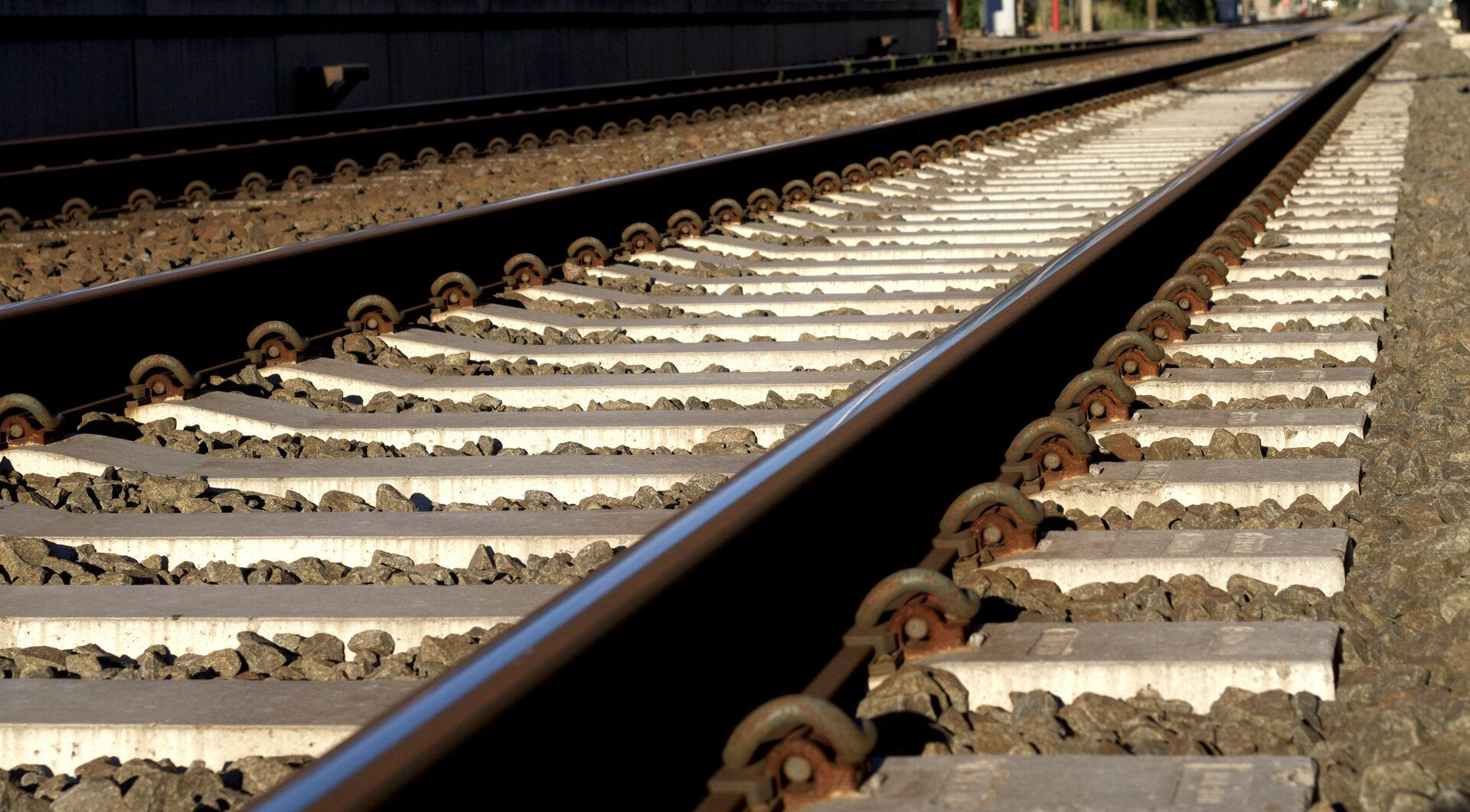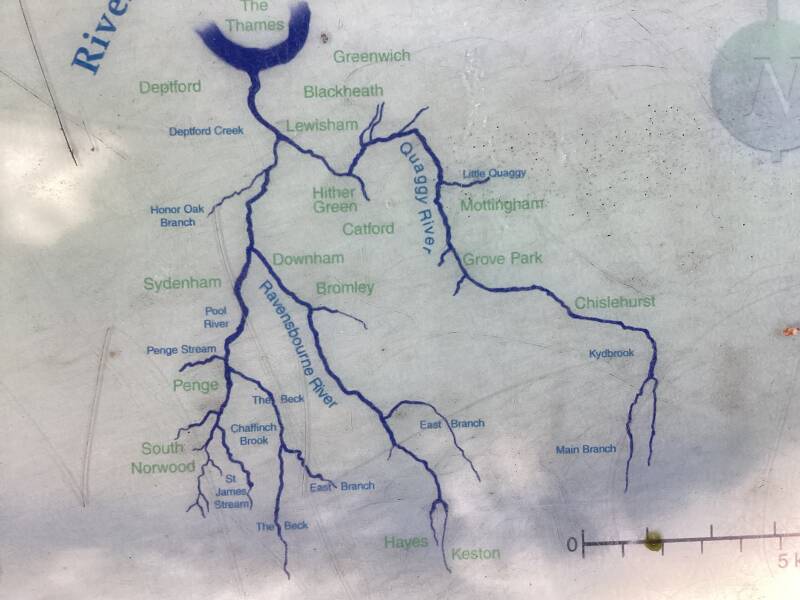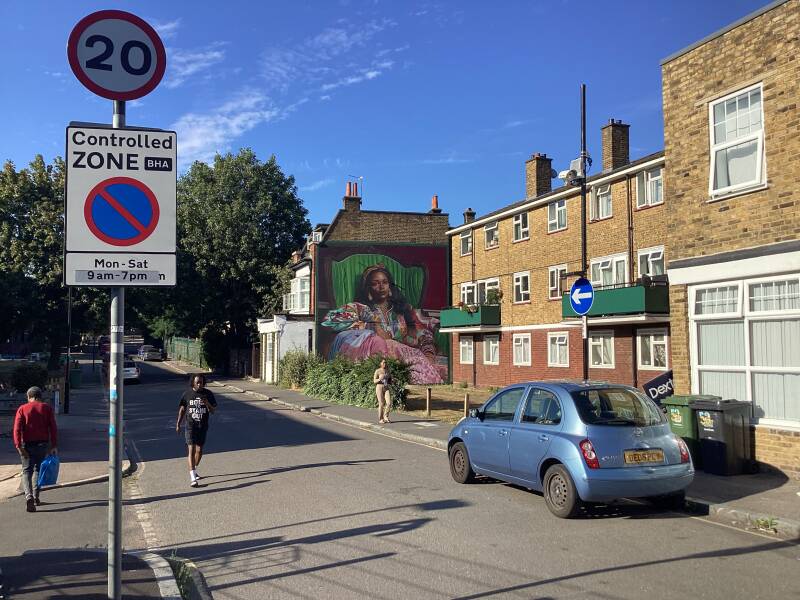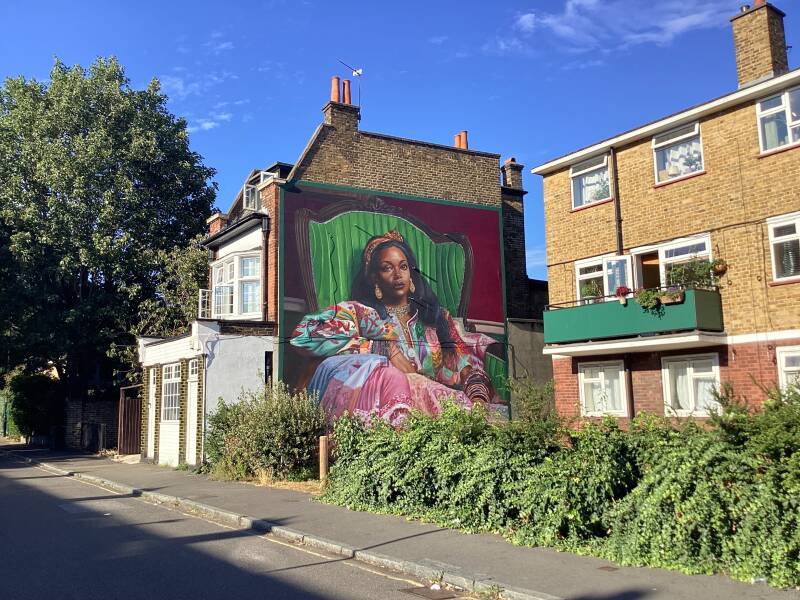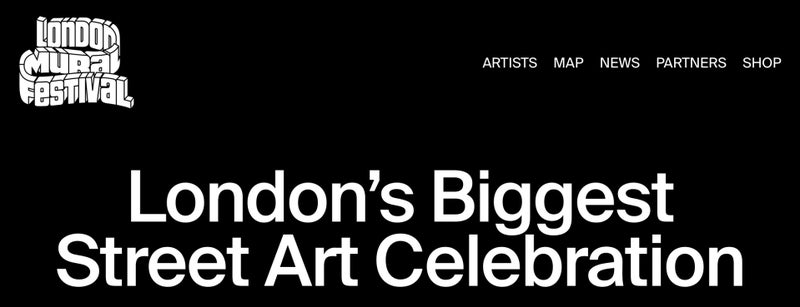
WOOLWICH ELTHAM town centre ELTHAM PALACE KIDBROOKE VILLAGE (new development) LEE historical areas BLACKHEATH
Woolwich
Eltham town
Eltham Palace
Kidbrooke village: new developments, new parks
Lee: Lee Green, Manor House (and park), New Town (Boone’s Chapel, Almshouses), St.Margaret’s
ROYAL ARTILLERY BARRACKS
CHURCH
THE KING’S TROOP
THE ROTUNDA
QUEEN ELIZABETH HOSPITAL
WOOLWICH COMMON
Former BROOK FEVER HOSPITAL (Shooters Hill water tower home with 360° views)

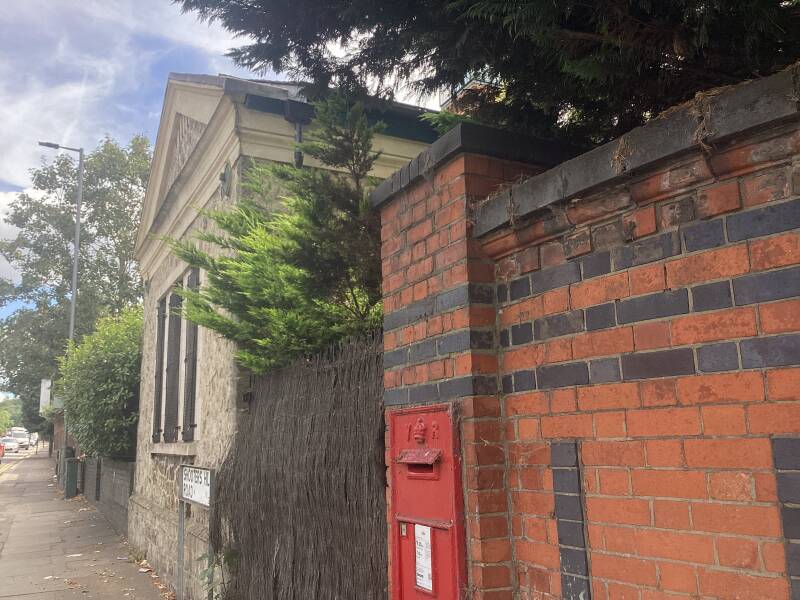
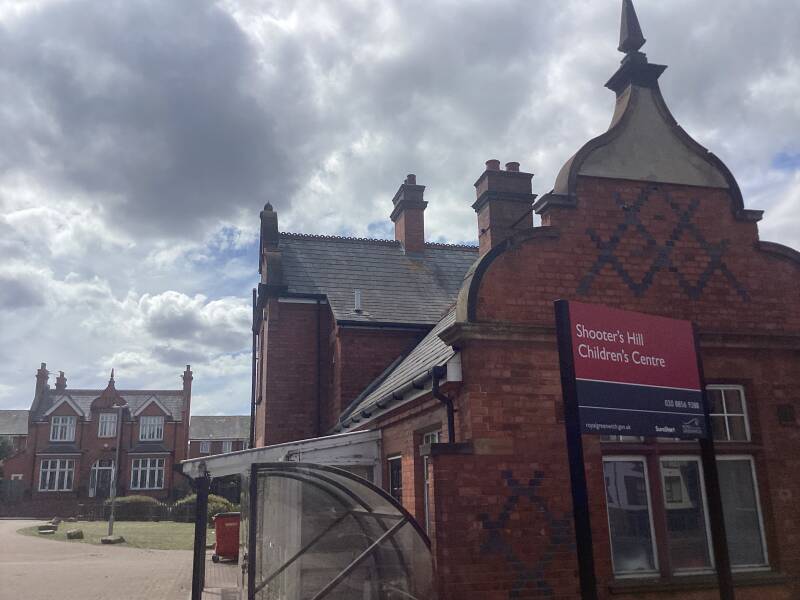
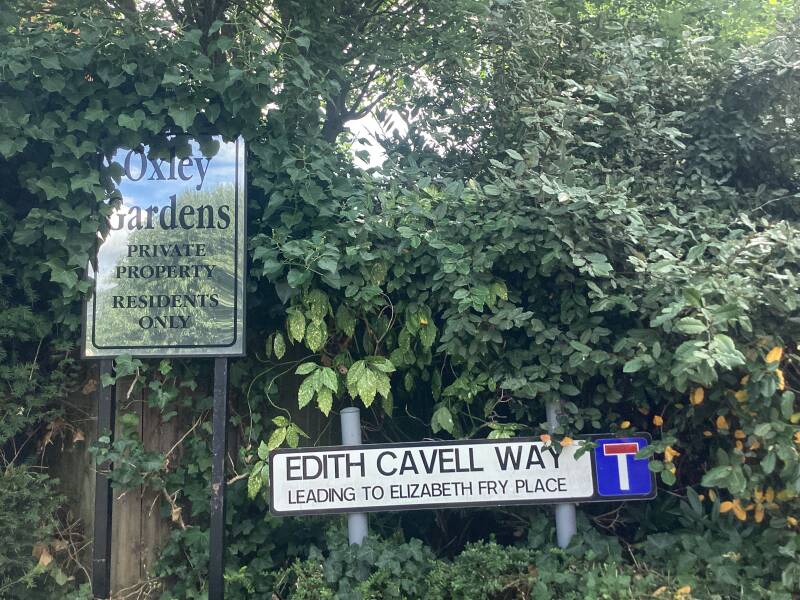
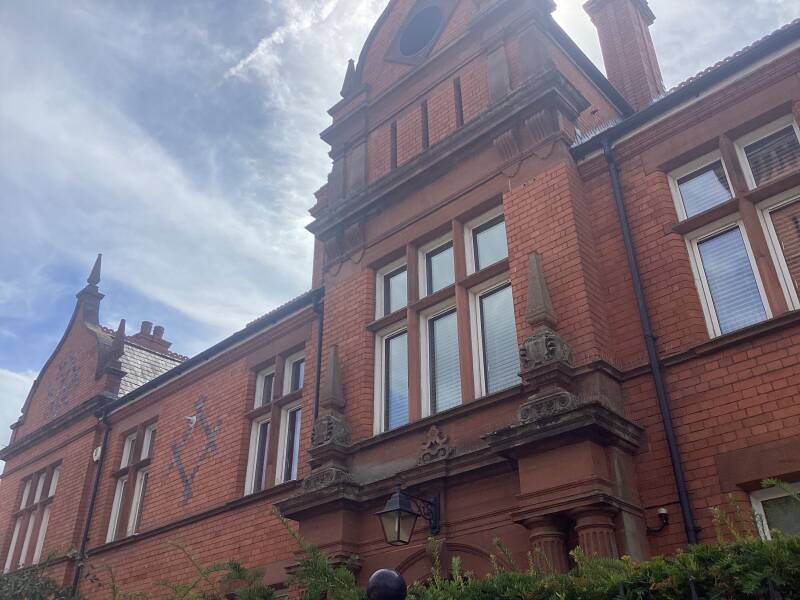
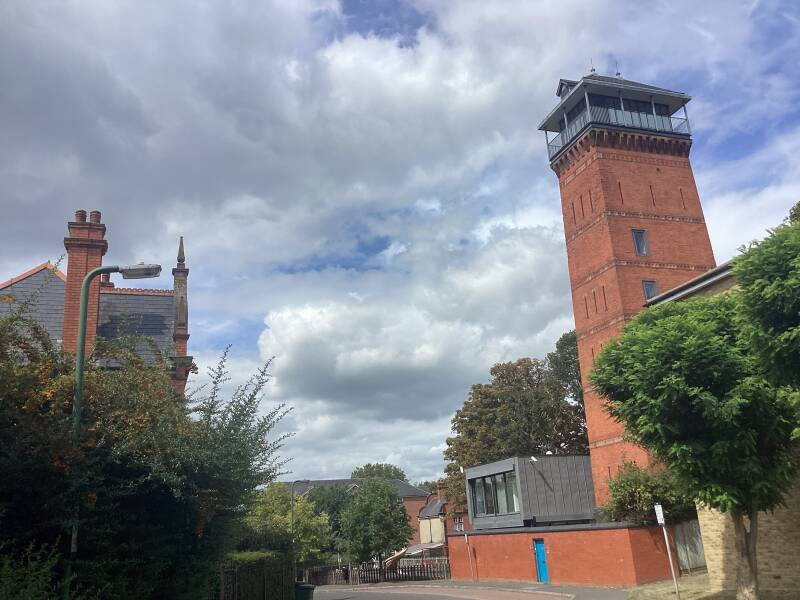
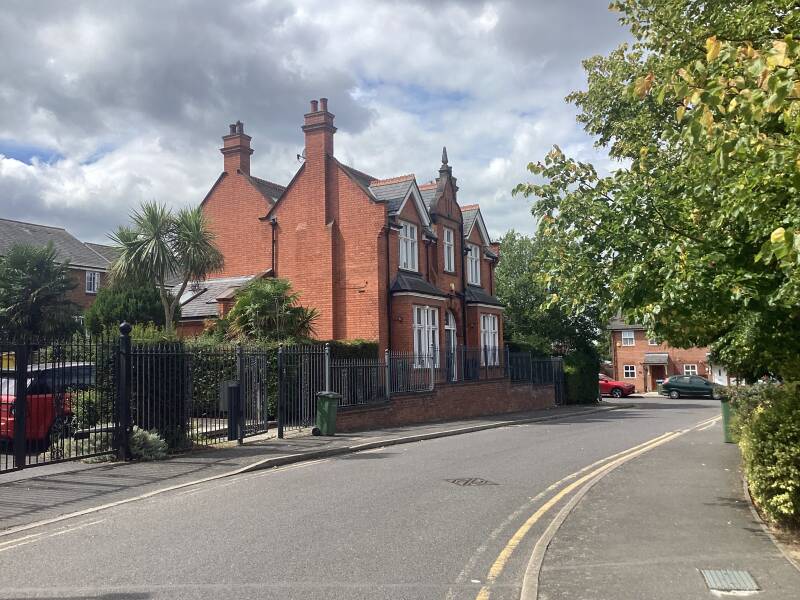
Welcome to Eltham!
ELTHAM
Eltham is an attractive suburb, which has developed along part of the old road from London to Maidstone. The opinion of place name scholars is divided. It could mean "Homestead or river meadow frequented by swans" or from an association with a man named "Elta". The latter Anglo Saxon derivation is currently favoured.
On a high, sandy plateau with fine views it also had a strategic significance, which led to the creation of the moated Plantaganet palace of Eltham. Convenient for monarchs travelling to and from their French territories it became a favourite home of Plantaganet kings and queens. The two main surviving structures at the Palace: the great hall and the moat bridge were built towards the end of the 15th century.
The Tudors and their successors preferred the riverside palace of Greenwich and neglected Eltham. Eventually, after the ravages of the Civil War, the palace was used as a farm and the Great Hall became a barn. The palace's three parks, Great Park, Middle Park, and Horn Park were stripped of their timber for shipbuilding. Two of the parks became farmland but the Great Park was leased by Sir John Shaw, a financier who supported the restoration of Charles II. Shaw built himself an elegant mansion (Eltham Lodge) in the park. The Lodge is now the headquarters of the Royal Blackheath Golf Club and the former royal park is a golf course.
WELL HALL PLEAUSANCE and TUDOR BARN
It is connected historically with the Tudor monarchs' residence at nearby Eltham Palace. Margaret More, daughter of Sir Thomas More, Lord Chancellor (who lived near Eltham Palace) married William Roper who lived at Well Hall. It also has links with the children's author E Nesbit, who lived here as a child.
In 1100 two manors were recorded in the Eltham area, East-Horne and Well-hawe or Well-hall,[3] probably corresponding to the areas later named Horn Park and Well Hall. In 1100 Jordan de Briset Lord of Clerkenwell was recorded as owning these two manors.
The place was recorded as Wellehawe in 1401, then as Welhawe in 1446, meaning "a hedged enclosure by a spring or stream" from the Old English word Wella or Welle a spring or stream, and haga or hawe a hedged enclosure.[4]
The Hall part of the name refers to a Tudor mansion house that previously existed there built in the early sixteenth century.
It passed down and sold to numerous people, including Sir John Pulteney, four times Lord Mayor of London, and lawyer and member of parliament, William Roper and his wife, writer and translator, Margaret More, daughter of Thomas More in the sixteenth century.[3][8] In around 1525 Tudor Barnwhich still stands today was constructed for William Roper next to the Well Hall manor house.
In the 1730s, art collector, landowner, and baronet, Sir Gregory Page bought the property of Well Hall for £19,000 and had the mansion which was then dilapidated, demolished, but the moat and the Tudor Barn were left and remain to this day.[9] Page had another mansion built
PLEAUSANCE?: It could be this combination of Tudor connections and Greenwich history (Margaret of Anjou, wife of Henry VI and renamed the Palace of “Pleasaunce” or Placentia. and called it "Placentia," or "my manor of Pleasaunce.") and a moated house oif Kenilworth (One of the first recorded uses in this country was by Henry V when he built a moated summer house there )which prompted a local headmistress to suggest 'Pleasaunce' as a name for the gardens which were created after the council bought Well Hall in 1930.

The west end of the Tudor Barn was mostly occupied by servants, as can be seen by the two huge chimneys there. However, the barn was also used for storage. It can be seen on old maps that the moat was directly connected to the Tudor Barn by a bridge.[citation needed]
Edith Nesbit, author of The Railway Children and co-founder of the Fabian Society, lived in a house in the grounds of the Tudor Barn from 1899 to 1921.[3]
The Tudor Barn was refurbished in the 1930s. The Woolwich Borough Council then decided that they would use the newly renovated barn as the centrepiece of a new park, which is known as Well Hall Pleasaunce. The park opened in 1933, and three years later an art gallery was opened on the ground floor of the barn. This was not the council's original intention, however; they wanted a library and museum in the Tudor Barn, but these never materialised.[3] For years after the Second World War, the barn contained the art gallery, a restaurant and a room for weddings and events in the upstairs space.
Well Hall Road
Shops and eateries
(A2 - Rochester Way, Relief Road)
Buses along WELL HALL ROAD and HIGH ST.
ELTHAM RAILWAY STATION. To London Stations
Eltham High St.
ELTHAM TOWN CENTRE. shops and eateries
St.JOHN’s Parish Church

Passey Place
Eateries

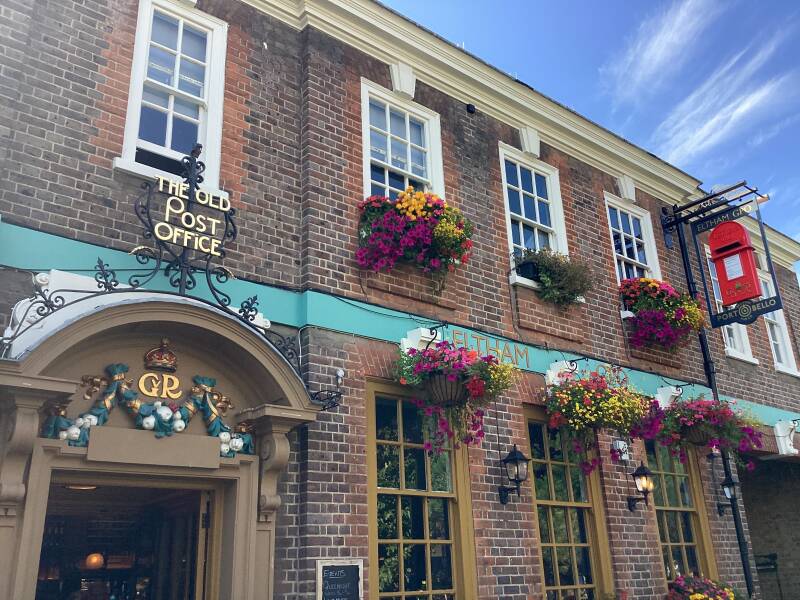

PHILPOT ALMSHOUSES

ELTHAM PALACE
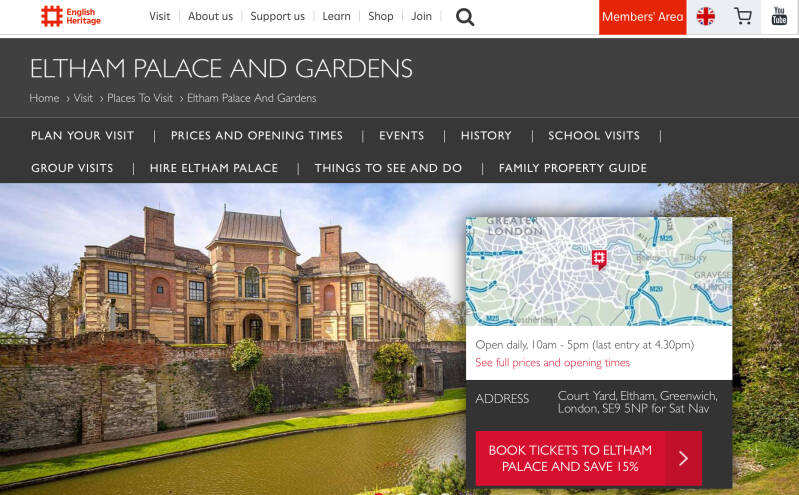

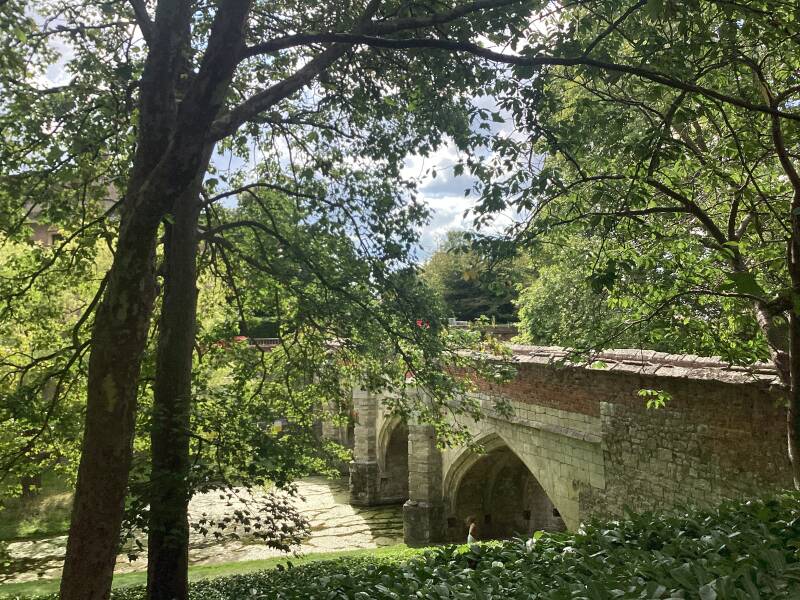

The house consists of the medieval great hall of a former royal residence, to which an Art Deco extension was added in the 1930s. The hammerbeam roof of the great hall is the third-largest of its type in England, and the Art Deco interior of the house has been described as a "masterpiece of modern design".[1] The house is owned by the Crown Estate and managed by English Heritage, which took over responsibility for the great hall in 1984 and the rest of the site in 1995.
Honi soit qui mal y pense
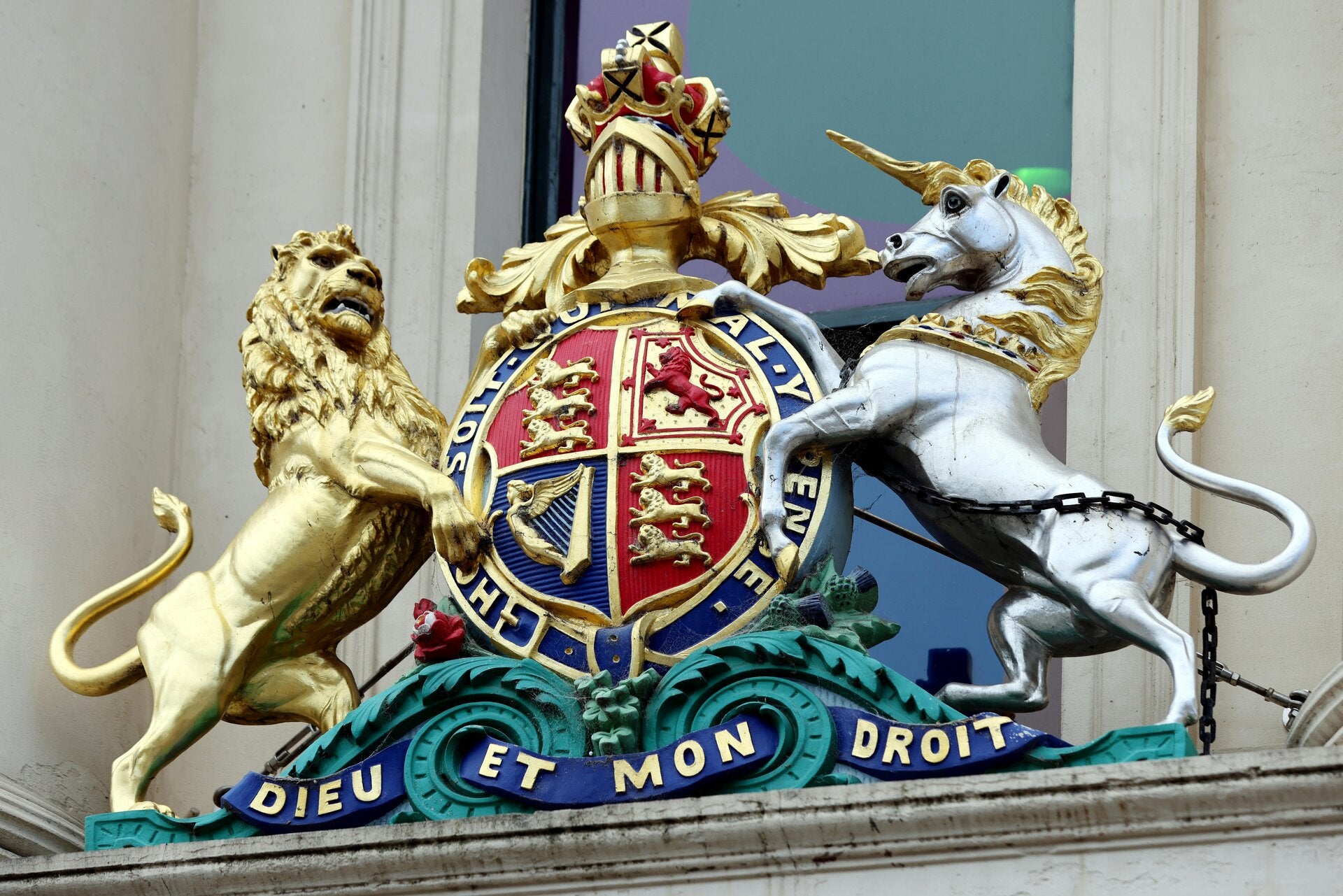
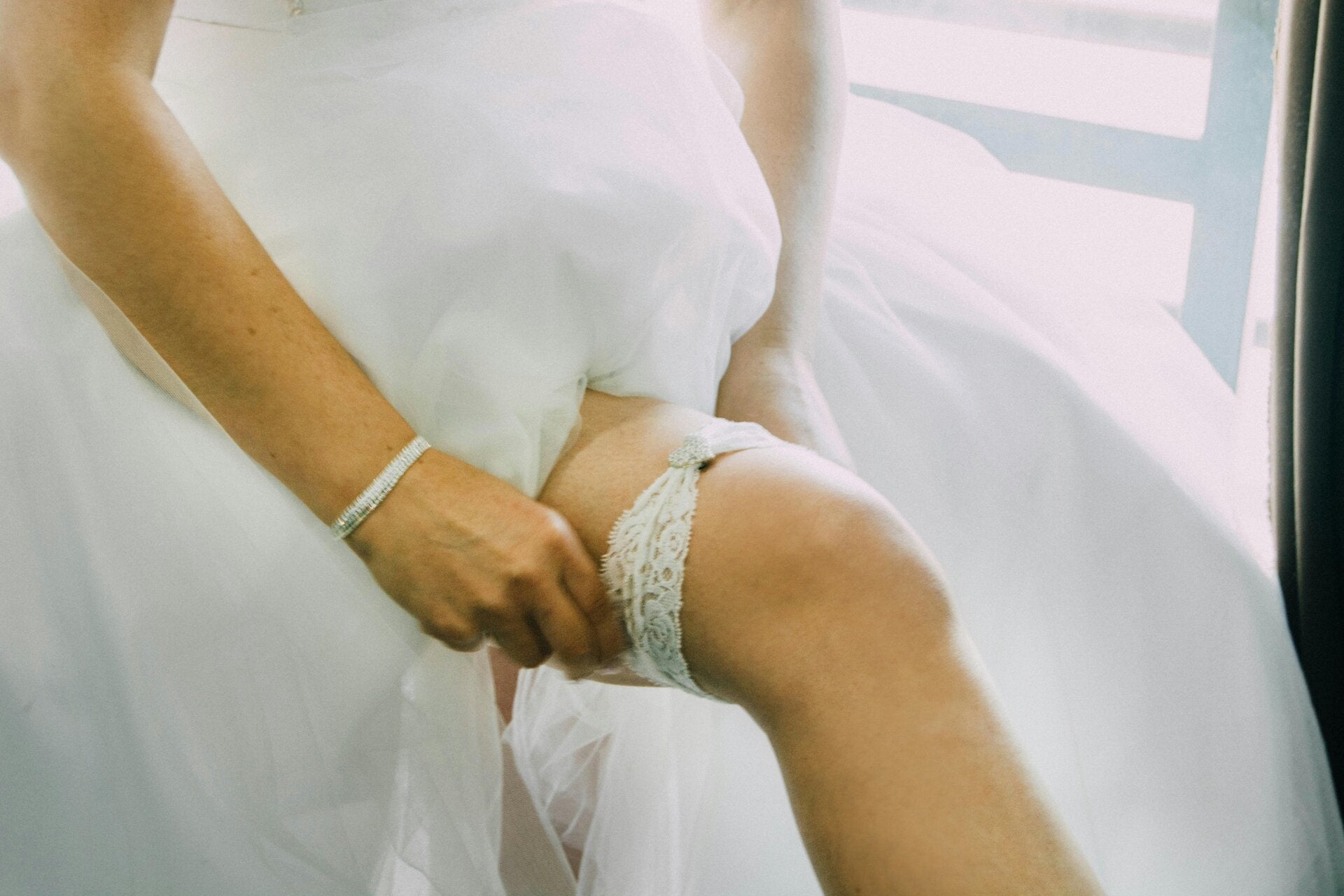
given to Edward II in 1305 by the Bishop of Durham, Anthony Bek, and used as a royal residence from the 14th to the 16th century. According to one account, the incident which inspired Edward III's foundation of the Order of the Garter took place here.
A Jousting Tilt Yard
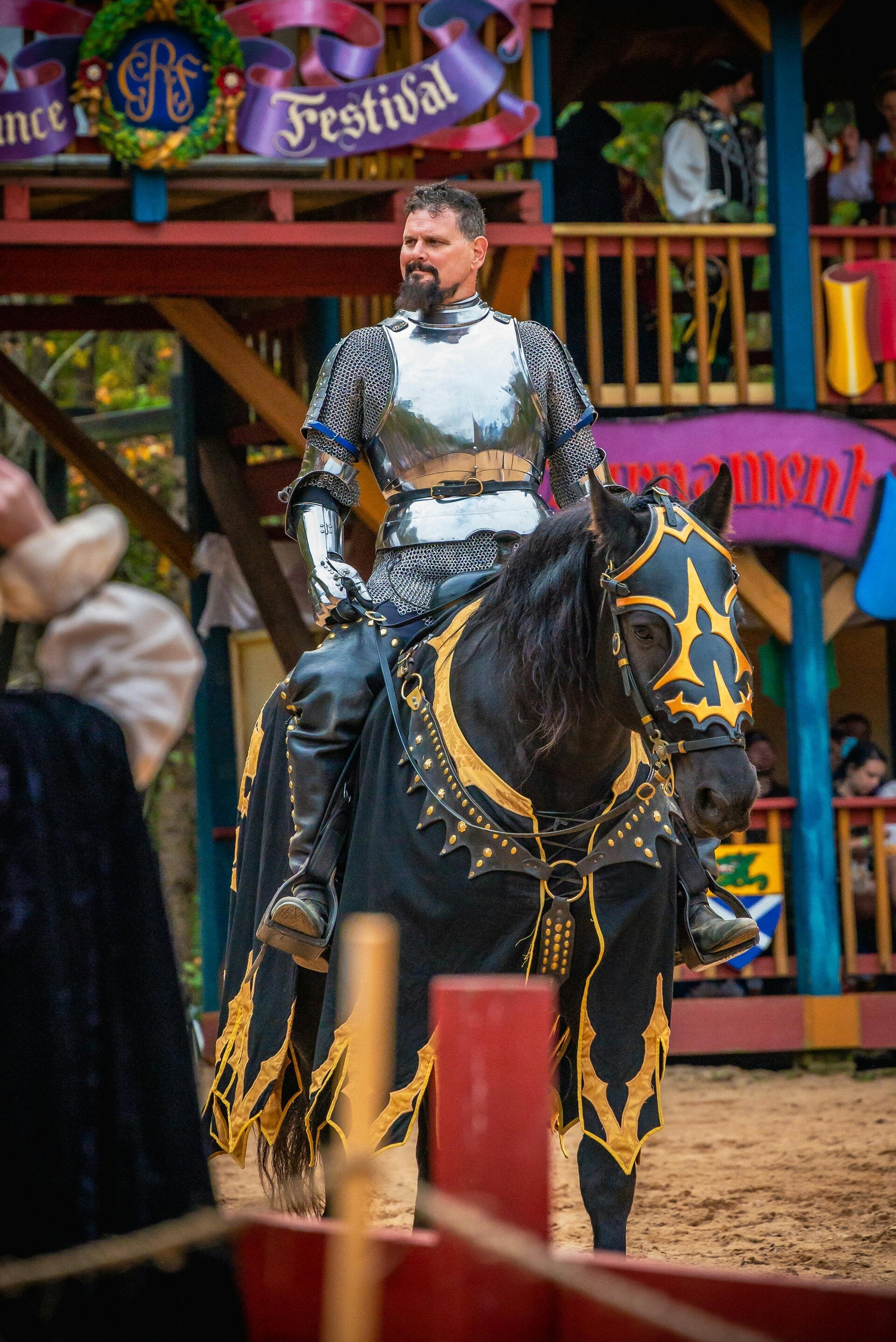
As the favourite palace of Henry IV, it played host to Manuel II Palaiologos, the only Byzantine emperor ever to visit England, from December 1400 to mid-February 1401, with a joust being given in his honour.[3] There is still a jousting tilt yard. The 1401 Eltham tournament was described or commemorated in literary form as thirteen letters, in old French, addressed to Henry's daughter Blanche of England. Each letter, purportedly written by a legendary patron, praises one of the combatants. Two of them, William Bardolf and John Clinton, are identified by their heraldry. The letters were probably read aloud during the event.
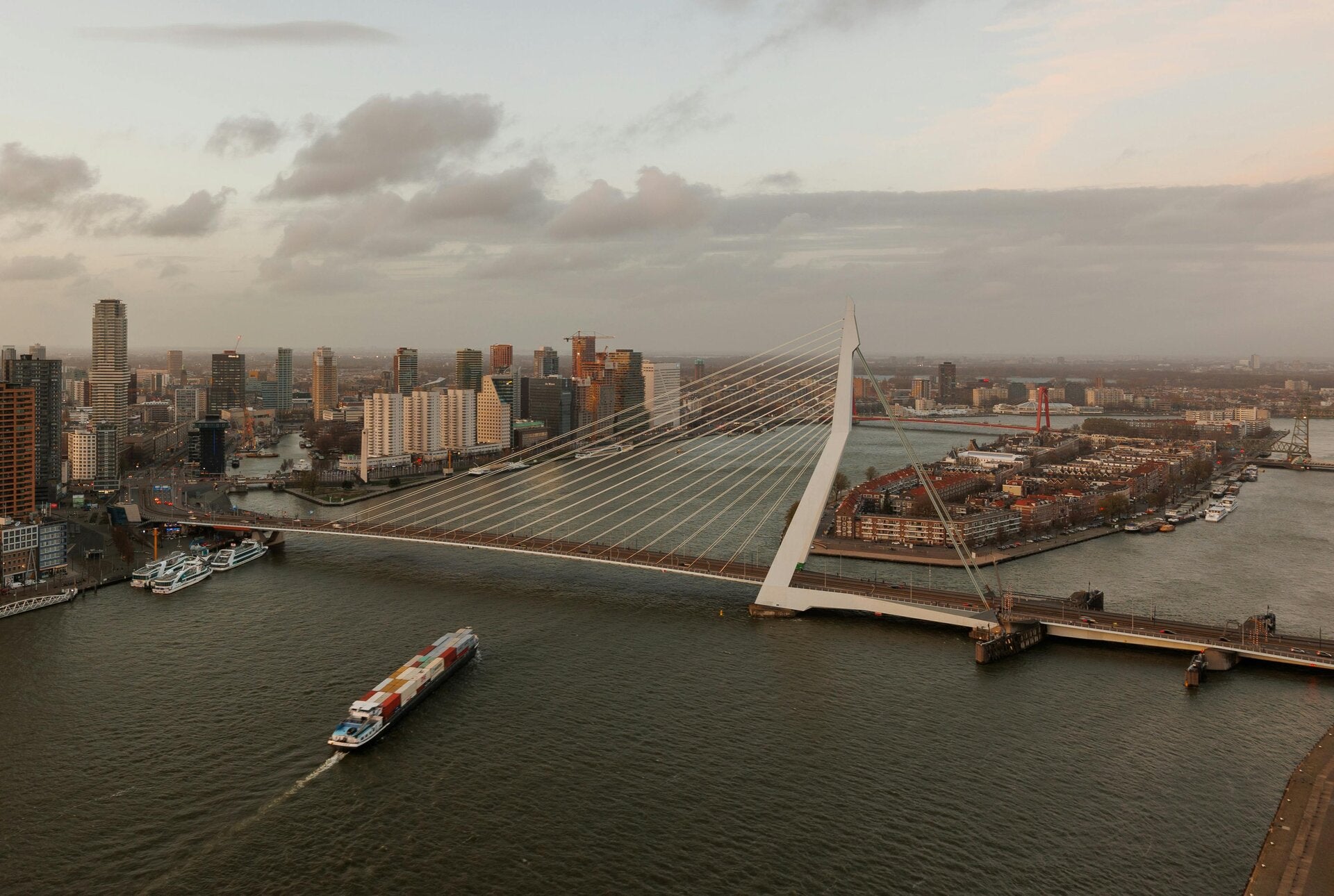
By the early 14th century Eltham had become one of the largest and most frequented royal residences in the country. Edward III (reigned 1327–77) spent much of his youth there and frequently visited it as king. In 1364 he received John II of France (1319–64) at the palace amid ‘great dancing and caroling’ when John returned to voluntary captivity in England. John was accompanied by his secretary Jean Froissart, who subsequently recorded the event in his lively Chronicles and described Eltham as ‘a very magnificent manor’
ELTHAM: HENRY VIII, THOMAS MORE, ERASMUS
the future Henry VIII grew up here; it was here in 1499 that he met and impressed the scholar Erasmus, introduced to him by Thomas More. Erasmus described the occasion:[5]
I had been carried off by Thomas More, who had come to pay me a visit on an estate of Mountjoy’s (the house of Lord Mountjoy near Greenwich) where I was staying, to take a walk by way of diversion as far as the nearest town (Eltham). For there all the royal children were being educated, Arthur alone excepted, the eldest son. When we came to the hall, all the retinue was assembled; not only that of the palace, but Mountjoy’s as well. In the midst stood Henry, aged nine, already with certain royal demeanour; I mean a dignity of mind combined with a remarkable courtesy…. More with his companion Arnold saluted Henry (the present King of England) and presented to him something in writing. I, who was expecting nothing of the sort, had nothing to offer; but I promised that somehow, at some other time, I would show my duty towards him. At the time I was slightly indignant with More for having given me no warning, especially because the boy, during dinner, sent me a note inviting something from my pen. I went home, and though the Muses, from whom I had lived apart so long, were unwilling, I finished a poem in three days.
Tudor courts often used the palace for their Christmas celebrations.
With the grand rebuilding of Greenwich Palace, which was more easily reached by river,[6] Eltham was less frequented (and the STUARTSpreferred the riverside palace of Greenwich and neglected Eltham) save for the hunting in its enclosed parks, easily reached from Greenwich, "as well enjoyed, the Court lying at Greenwiche, as if it were at this house it self". The deer remained plentiful in the Great Park, of 596 acres (2.4 km2), the Little, or Middle Park, of 333 acres (1.3 km2), and the Home Park, or Lee Park, of 336 acres (1.4 km2).[7]
The courtier Roger Aston was keeper of the little park at Eltham in 1610 and built four bridges for the convenience of James VI and I.[8] In the 1630s, by which time the palace was no longer used by the royal family, Sir Anthony van Dyck was given the use of a suite of rooms as a country retreat
Eventually, after the ravages of the Civil War, the palace was used as a farm and the Great Hall became a barn.
the parks were denuded of trees and deer. John Evelyn saw it 22 April 1656: "Went to see his Majesty's house at Eltham; both the palace and chapel in miserable ruins, the noble wood and park destroyed by Rich the rebel". The palace never recovered. Eltham was bestowed by Charles II on John Shaw and in its ruinous condition— reduced to Edward IV's Great Hall, the former buttery, called "Court House", a bridge across the moat and some walling—remained with Shaw's descendants as late as 1893.
It wasn't until Stephen and Virginia Courtauld moved to Eltham in the 1930s that proper restoration of the surviving structures was carried out. Adjoining the Medieval Great Hall, the Courtaulds built their astonishing mansion with its remarkable Art Deco Hall.
In 1933, Stephen Courtauld and his wife Virginia "Ginie" Courtauld (née Peirano) acquired a 99-year lease on the palace site and commissioned Seely & Paget to restore the hall and create a modern home attached to it. Seely and Paget added a minstrel's gallery and a timber screen to the hall, while creating a design for the main house inspired by Christopher Wren's work at Hampton Court Palace and Trinity College, Cambridge.[11]
The home was decorated internally in the Art Deco style. The entrance hall was created by Swedish designer Rolf Engströmer; light floods in from a glazed dome, highlighting blackbean veneer and figurative marquetry.[12] Other rooms in the house, including the dining room, drawing room and Virginia Courtauld's circular bedroom and adjoining bathroom, were the work of the Italian designer Piero Malacrida de Saint-August, while Seely and Paget designed many of the bedrooms.[11] Keen gardeners, the Courtaulds also substantially modified and improved the grounds and gardens.
The architects of the 1930s ELTHAM PALACE

The HUGUENOTS contribution to ENGLAND
Soyer
Schomberg
http://www.ianadamson.net/notes/5.htm
The Courtauld family, descendants of French Protestant (Huguenot) refugees, significantly contributed to England by establishing a major textile industry, particularly in silk and crepe, which expanded into a national and international business during the Industrial Revolution. Beyond textiles, they were pioneers in inventing rayon and were initially silversmiths, maintaining a strong presence in skilled trades. The family's heritage highlights the broader impact of Huguenot refugees, who brought valuable skills in crafts, industry, and finance, transforming British economic life and influencing capitalism itself

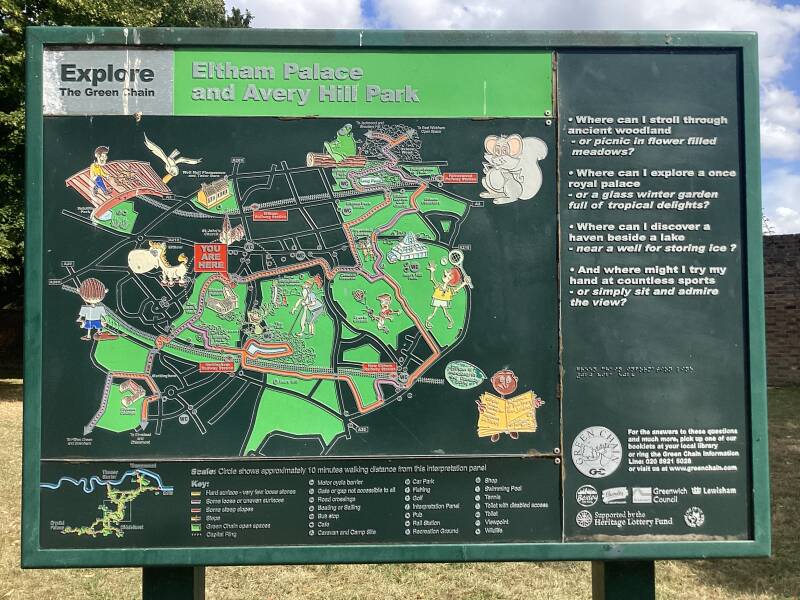
King John’s Walk
Eltham Palace Road
Middle Park AVENUE
Yorkshire Grey Roundabout
"Yorkshire Grey" is the name of several pubs across England, named after the powerful Yorkshire Grey Horse breed, which were used to pull brewery drays. While many "Yorkshire Grey" pubs are no longer in operation or have changed names, examples that still exist or have historical significance include a pub in Holborn, London, another in Eltham, London, and a formerly closed coaching inn in Stratford.
The pub that gave the Yorkshire Grey Roundabout its name was The Yorkshire Grey, a large roadhouse that was located on the western side of the junction in Eltham, SE9, London, and is now a McDonald's. The junction is on the South Circular Road, and it was named after the pub when the area was developed
Welcome to KIDBROOKE!
SUTCLIFFE PARK
CATOR PARK
Cator Park is named after the prominent Cator family, specifically John Cator (1723–1806), a wealthy landowner and timber merchant who acquired extensive landholdings in the Beckenham and Blackheath areas in the late 18th century. His family's ownership and influence over this region led to the naming of Cator Park and Cator Road after him, reflecting his historical connection to the area
In BECKENHAM: https://www.beckenhamplace.org/about/history/
It has been won awards for placemaking,[2]biodiversity,[3] and landscape.[3]
It was resigned by HTA Design in collaboration with the London Wildlife Trust and opened to the public in 2019.[4] The park is made up of multiple biophilic spaces including lakes, wetlands and ponds. It is a protected space for wetland birds.[5]The park also includes sports facilities and a 3000m³ play space at the park most elevated point.
KIDBROOKE VILLAGE
An old vanished Village. And a slumy council estate, which has become a “village”
Kidbrooke, derived from an Anglo-Saxon name meaning 'the brook where the kites were seen,' indicates that the area was uninhabited at the time of naming. With its three streams and heavy, wet clay, Kidbrooke would have been unsuitable for Saxon settlement.
However, by the late 11th or 12th century, Kidbrooke had established a church and likely had a small population, although this presence didn't endure. By 1428, the church lacked a priest, and by 1494, it had fallen into disrepair.
Remaining rural until the inauguration of Kidbrooke railway station in 1895, the region was primarily dedicated to farming until the 1930s. Significant development ensued thereafter, particularly following the construction of the Rochester Way.
The area contains a large amount of 1920s and 1930s domestic housing, developed partly as the Kidbrooke Park Estate, between Shooters Hill and Rochester Way
The site of a RAF base!

A large RAF stores base, RAF Kidbrooke, formerly occupied much of the land around Kidbrooke railway station, north and south of the railway line.[2]
Site of the FERRIER ESTATE
In 1965 the Government released most of the land to the Greater London Council for housing. The Ferrier Estate, built from 1968, was conceived to be a flagship scheme but became one of the largest and most deprived council housing developments in London.
The housing estate was demolished in 2012 and has been redeveloped as Kidbrooke Village, a development of 5,300 homes masterplanned by Lifschutz Davidson Sandilands with Design and Build MEP contractor Cilantro Engineering
PEGLER SQUARE, village centre


THE DEPOT P.H.
CATOR PARK North
Site of RAF LINGUSTICS, inside of today’s THOMAS TALLIS SCHOOL

Weigall Road
Ravens Way
Eltham Road

Welcome to LEE!



BUSES from LEE STATIONhttps://content.tfl.gov.uk/bus-route-maps/lee-station-a4.pdf
Old English LEAH means “the clearing in the wood”. Lee was a long, narrow parish, much smaller than its neighbour Lewisham.
There were three old centres of population, all small and all in the northern quarter.:
—One was around the church in Belmont Hill,
—Another in the Old Road area of Lee High Road,
—The third at Lee Green.
South of Old Road and Lee Green there were only farms and farm cottages on land that had been forest until the seventeenth century.
Lee was a popular place for wealthy London merchants to live, and a number of large country houses were built here in the 17th and 18th centuries. The three that survive are the Manor House and Pentland House in Old Road, now a library and nurses’home, and The Cedars, Belmont Hill, now part of a housing development.
LEE NEW TOWN (Church Street, Boone Street, etc.) was built from 1825 mainly to house those working directly or indirectly for the wealthy residents in the large houses springing up all around, in Lee itself and the neighbouring BLACKHEATH PARK. These small houses were cleared in the 1950s and 1960s.
In 1866 Lee Station was opened, which made it practical for a wider range of people who worked in central London to live in Lee and commute. The old coach services were far more expensive, and private carriages only for the very rich. Houses were built for these new settlers, typically civil servants, merchants, and professional men, on what had been farmland, and most of the area was built up by 1914.
The extreme south of Lee parish developed independently as GROVE PARK,
The central focus of Lee shifted from Lee High Road to Burnt Ash Road, between Lee Green and the station.
So…welcome to LEE GREEN!


In ROCQUE’S MAP, 1740, a handful of houses, here, at the crossroads, in the middle of open fields. The GREEN was big enough for the celebration of cricket matches. THE OLD TIGERKS HEAD and THE NEW one became important: coaches passed the area , and marching armies (cavalry and foot regiments on their way to WATERLOO).
The Green and the Pond were swept away as the suburb grew and traffic was more intense. More shops, a police and a fire stations were added to the cottages.
Coach and lorries thundering their way towards DOVER…
THE OLD TIGER’S HEAD
It began trading around 1730, becoming an important Mail and coaching stop. the present building dates from 1896. Boxing matches were popular here
THE NEW TIGER’S HEAD
It started as a beer shop, around the 1830s. The present inn dates from around 1900.
Site of THE MUSEUM OF NEOLIBERALISM

Taunton Road
MANOR HOUSE GARDENS
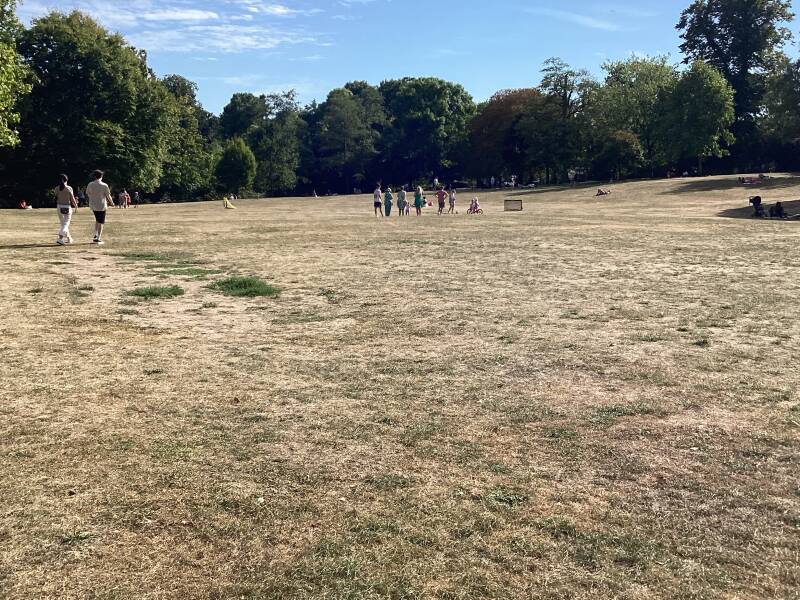
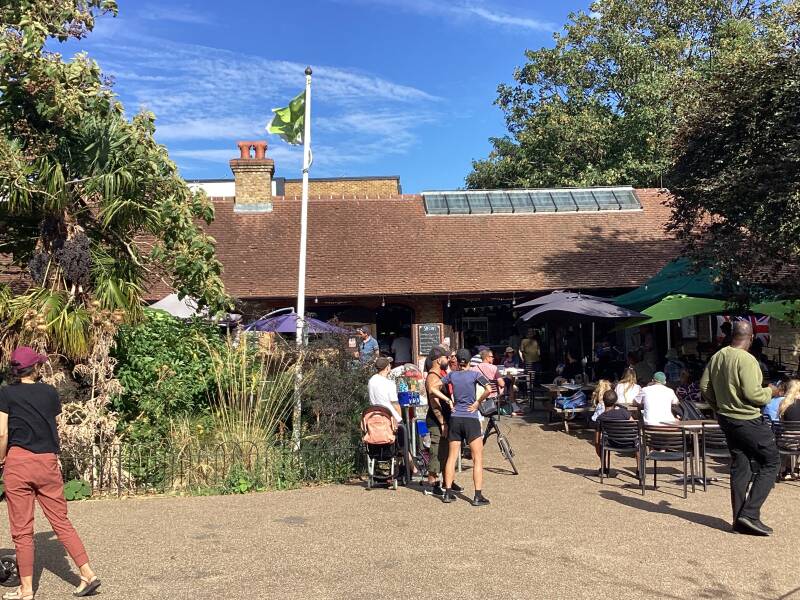
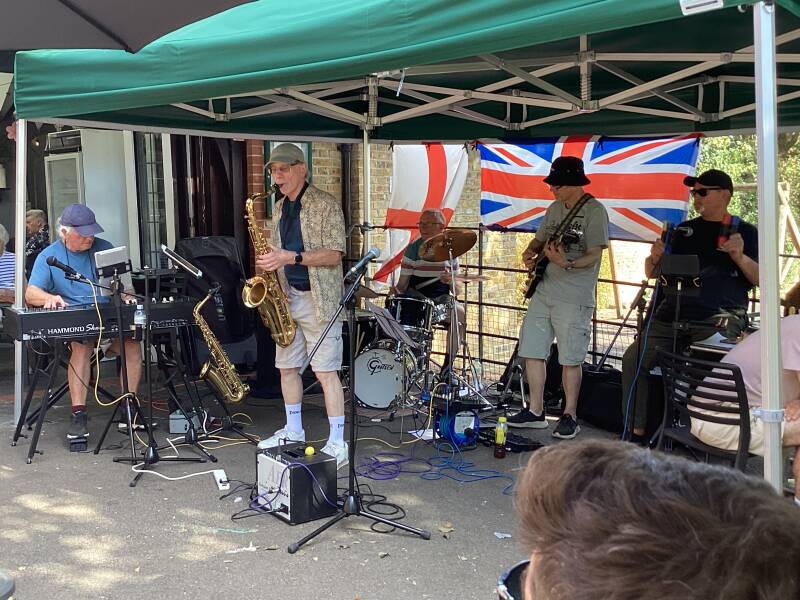
Former MANOR HOUSE. Now Public Library, and much more

The building is now home to a public library, community rooms, daycare and midwife hub. Over a quarter of a million visitors step through the doors of Manor House each year and it does a tremendous amount of work in the community. We were open throughout the pandemic offering vital midwife services to residents of Lewisham and Greenwich Boroughs, we raised funds and food items for needy South East London families at Christmas then raised even more for the Ukrainian appeal in the spring.
Our library is open six days a week and our community rooms are available to hire and attract a wide variety of uses from Yoga and Pilates classes to mental health support groups, after-school activities and, of course, weddings. Please do contact us hire@v22libraries.com if you are interested in hiring any of our rooms, or visit us or our web site for more information about classes and courses.
Manor House is run by V22 Communities, a registered charity that also operates the library services at Sydenham and Forest Hill. V22 is an arts organisation that operates studio space in the libraries and at other locations across Lewisham and beyond
Sir Francis Baring

Built in 1771 for London merchant Thomas Lucas. Bought by SIR FRANCIS BARING, merchant and merchant banker. Born at Larkbear, Exeter. He founded the bank that bore his name with his brother John. Director of the East India company from 1779. Grandfather of Thomas and of Evelyn. Died at his home at Lee, South London
Village life!

Old Road

Diversion: Not far away, to the west
LOCHABER HALL
PENTLAND HOUSE
Pentland House in Lewisham is a historic, Grade II listed building at the end of the 17th century, located in Lee. After serving as a family home and a ladies' boarding school, it became a Goldsmiths' College hall before being operated as a hostel and, more recently, a temporary home for asylum seekers. The building is adjacent to Manor House Gardens and has undergone significant additions and alterations over the centuries, including mid-19th and 20th c. extensions.
Old Road
LEE CENTRE
NURSERY SCHOOL
Azra Villas??
Lee High Road

Not far away, along Lee High Road, to the West
LEE NEW TOWN
Site of shopping parade, now petrol station
Former THE WOODMAN P.H, now plumbing suppliers

HALCYON BOOKS & café

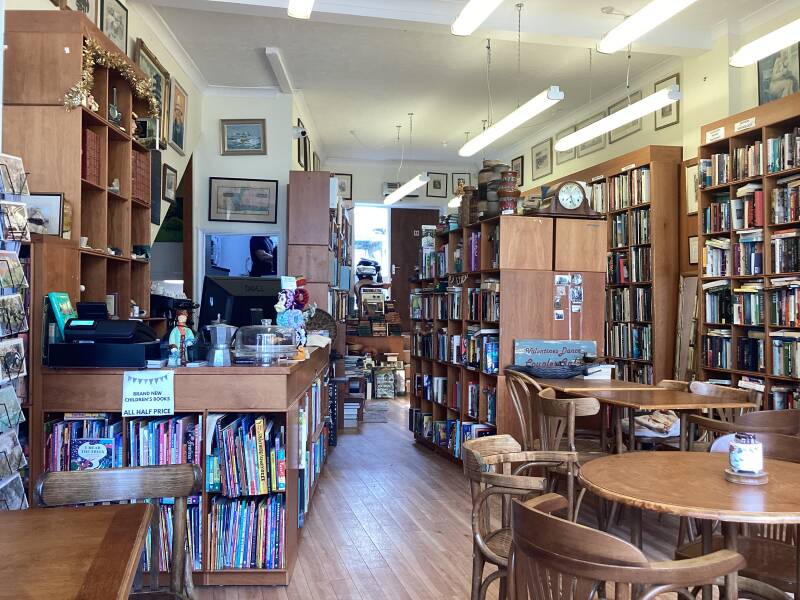
THE ART YARD?


BOONE’s CHAPEL



Boone’s Chapel was built in 1682 as a private almshouse chapel with four houses attached. It was the gateway to the founders’ house, Lee Place, and became their mausoleum. It was unused and derelict since the 1940s and is one of the two Grade 1 listed buildings in Lewisham. In 2008 the Blackheath Historic Buildings Trust found a use for it as an architect’s office
MERCHANT TAYLORS ALMSHOUSES
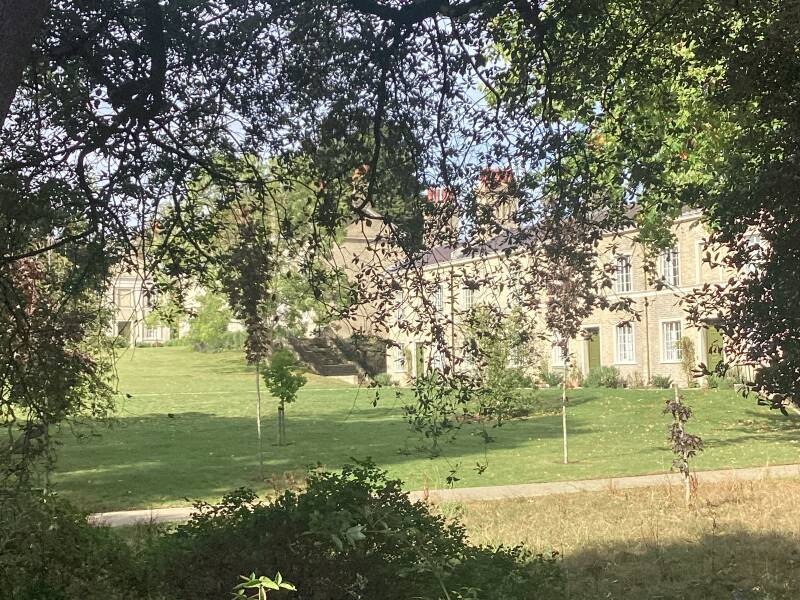





Merchant Taylors
As one of the Great Twelve Livery Companies, our Company evolved from medieval London's trade guilds. The Merchant Taylors’ Company began as the regulator and trade guild for tailoring and its allied crafts in medieval London These organisations took their name, livery, from the distinctive dress of their members and oversaw their respective crafts, regulating the trade and tradesmen across the city.
Today, Merchant Taylors' Company is a community made up of people from a range of backgrounds, but all of whom share an interest in doing more good together than they could as individuals. The Company's activities range from supporting charitable initiatives, high-quality education (both state and independent) and it plays an active role within the City of London's administrative and ceremonial life.
The Company operates social housing and works with up to 40 small local charities each year across key areas of London to change people's lives for the better. Find out more about the Company's almshouses here, and read about the Company's philanthropic work here.
-
Electoral Body:Liverymen form the electorate for Common Hall, which elects the City's Sheriffs, Bridge Masters, Auditors, and Aldermen who are candidates for the Lord Mayor.
-
Endorsing the Lord Mayor:Liverymen endorse the election of the Lord Mayor, a process that also occurs at Common Hall.
-
Support and Participation:Livery companies are actively involved in the civic life of the City, including participation in major events like the annual United Guilds' Service at St. Paul's Cathedral and the Lord Mayor's Show.
-
The Court of Aldermen oversees the livery companies, controlling the granting of livery company status to new groups and ensuring established traditions are met.
-
This committee of the City of London Corporation supports livery companies, raises awareness of their activities, and oversees arrangements for elections like Common Hall.
-
Origins as Guilds:The livery companies originated as craft guilds in the 11th and 12th centuries, regulating trades and ensuring high standards of work.
-
Growth with the City:The companies and the City of London have grown together, developing shared goals and a close relationship since the earliest days of the City.
-
Modern Companies:Today, there are 110 livery companies, including both ancient guilds and newer ones established in recent centuries, encompassing trades from tax advising to security.
At sixes and sevens…
Under an order issued by mayor Robert Billesden in 1484, the Company ranks in sixth or seventh place (making it one of the Great Twelve City Livery Companies) in the order of precedence of the Livery Companies, alternating with the Skinners' Company. The annual switch occurs at Easter. The Merchant Taylors are normally sixth in the order of precedence in odd numbered years, and at seven in even numbered years.

Extension, along Brandram Road to LEE ST.MARGARET’S and BLACKHEATH

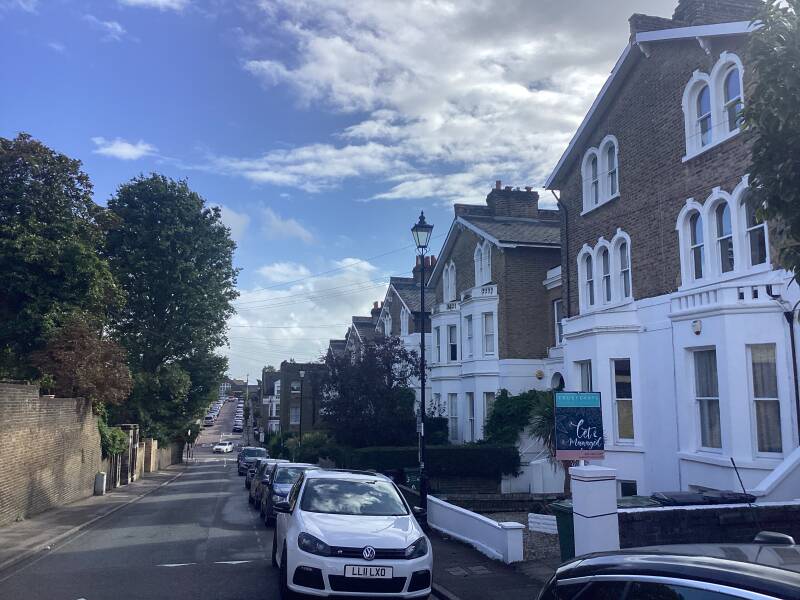

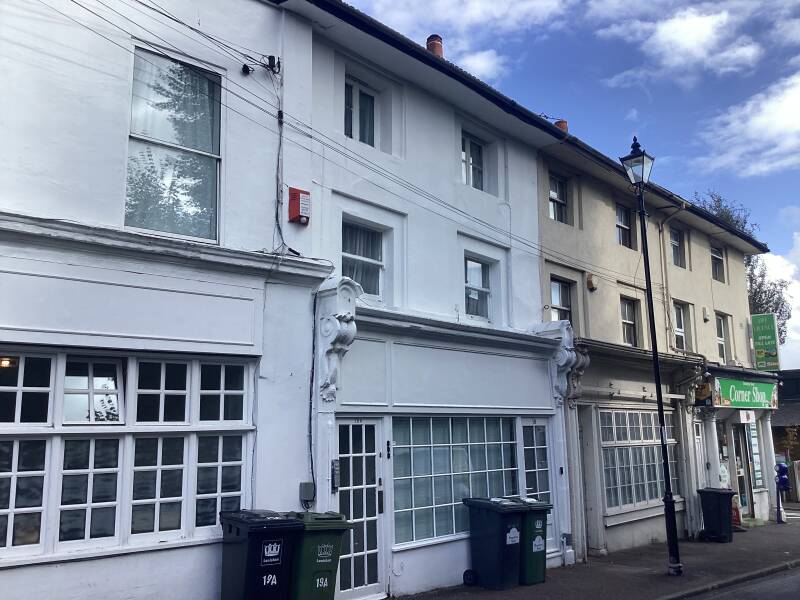
Alternately, follow St.Margaret’s Passage
Site of DACRE HOUSE. Victorian Lee
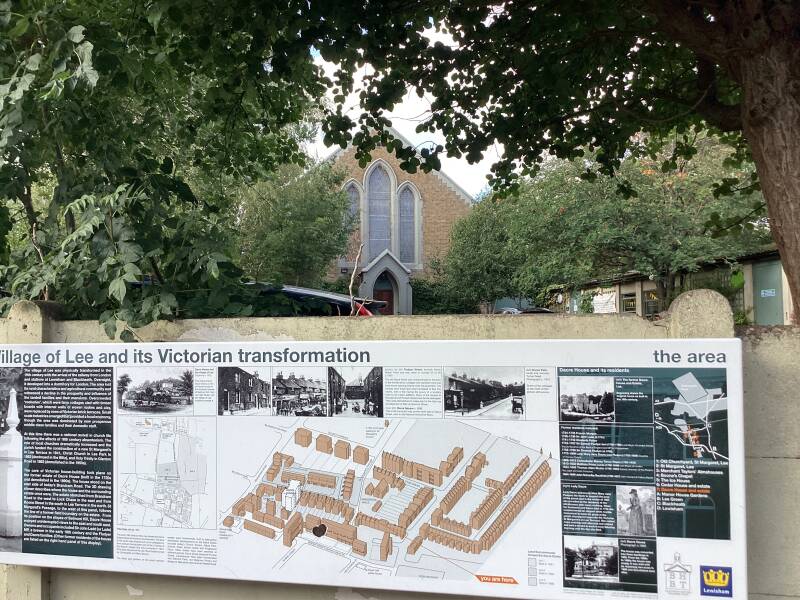




THE DACRE ARMS P.H.

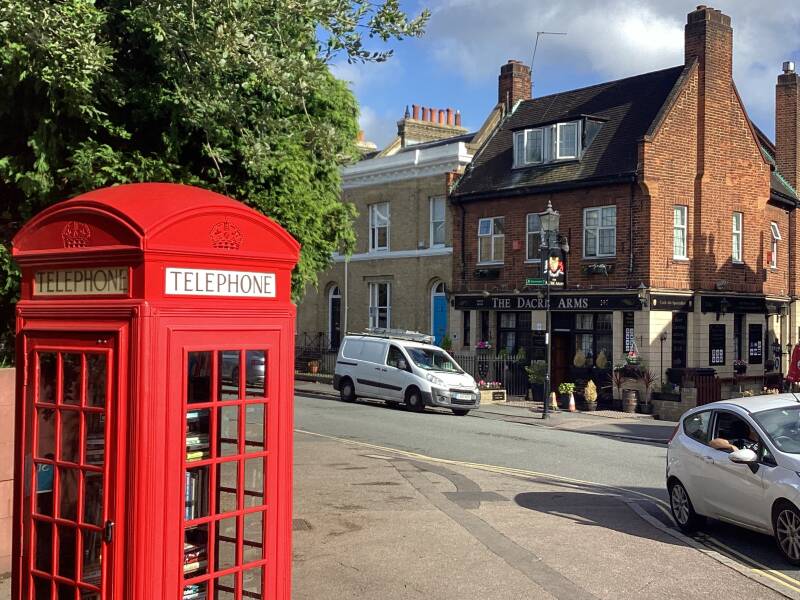



Church Terrace
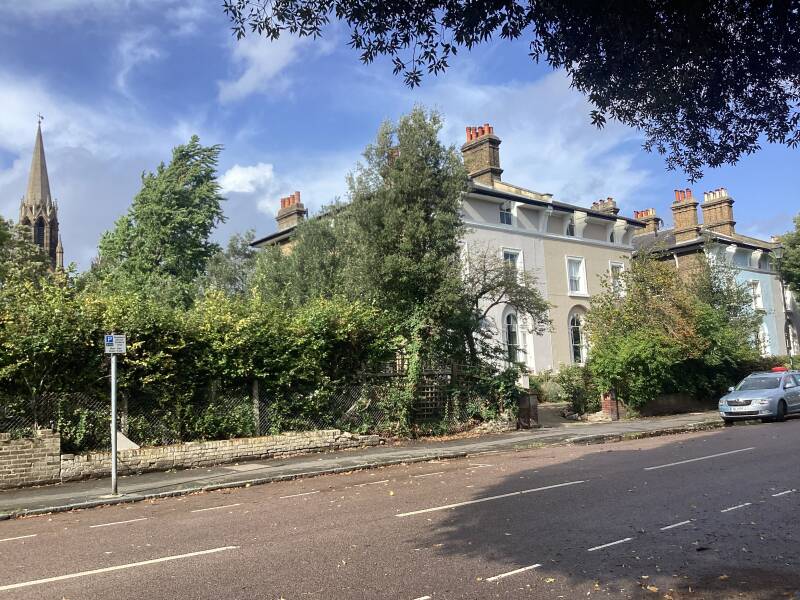
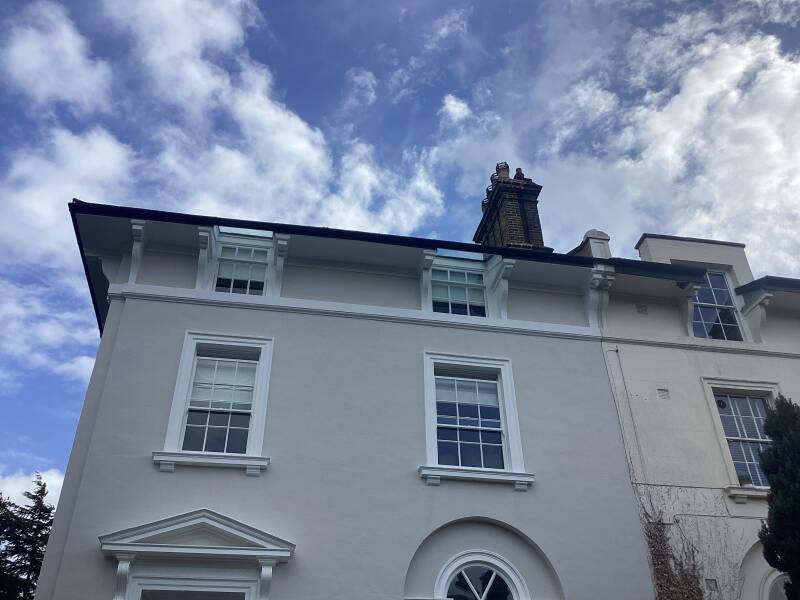
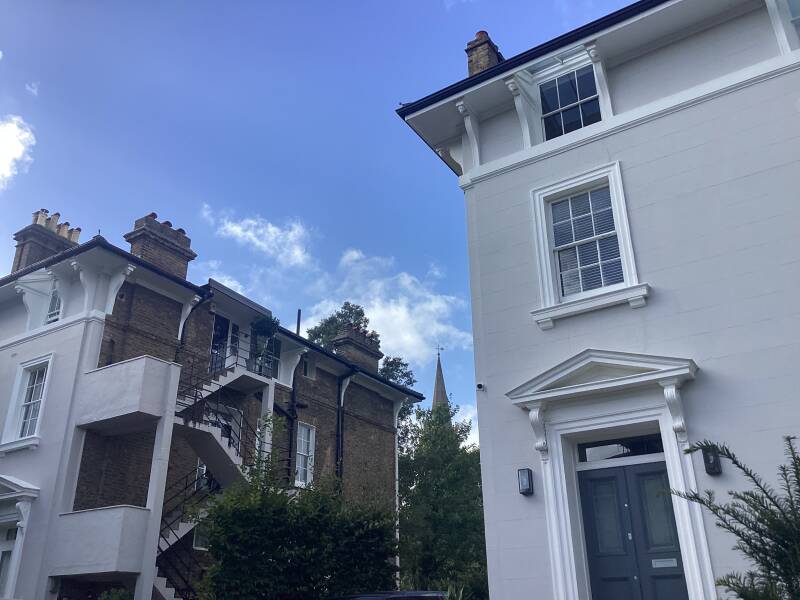


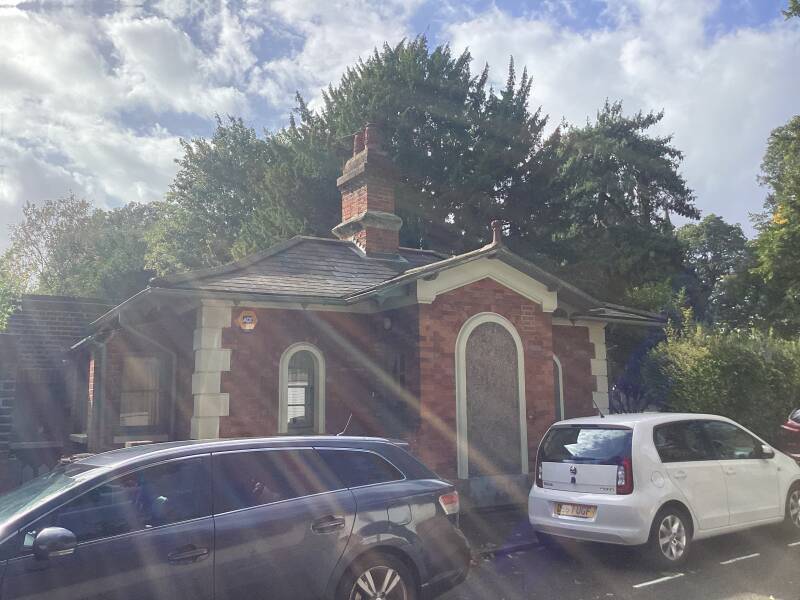
ST.MARGARET’s Church, churchyard and lychgate
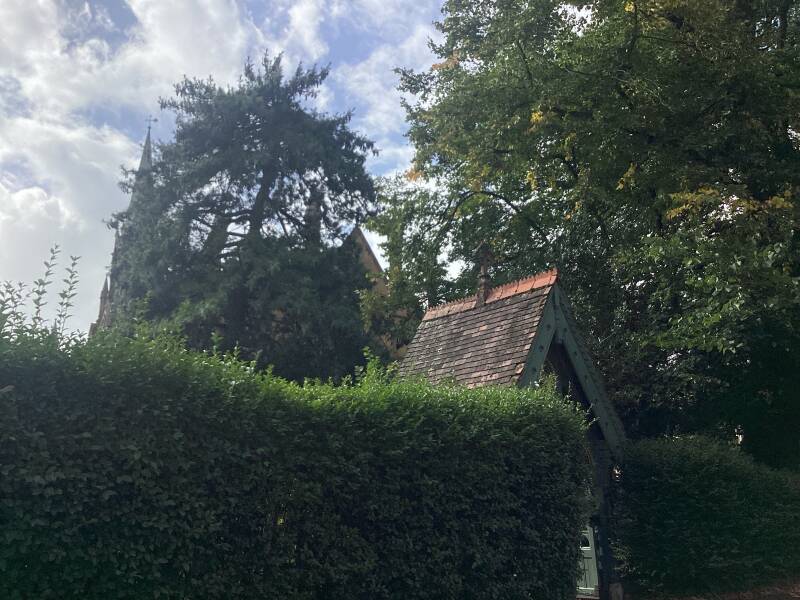




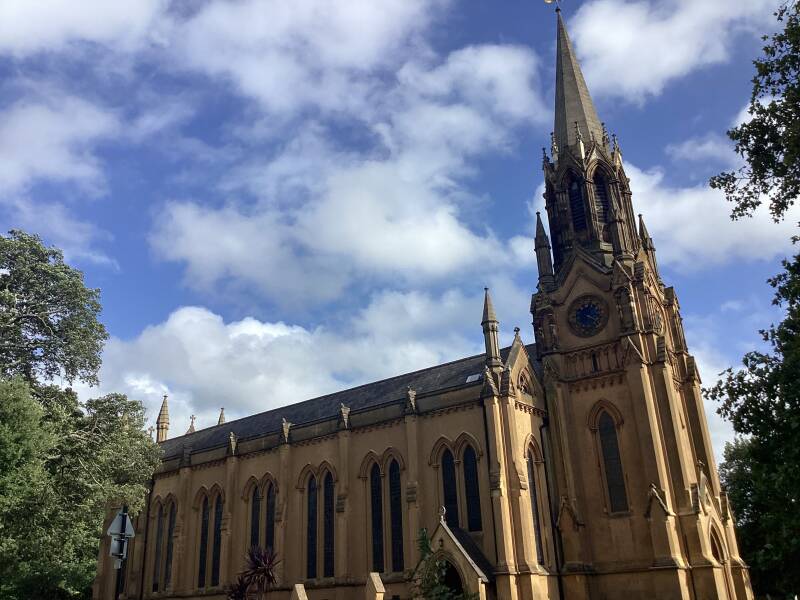


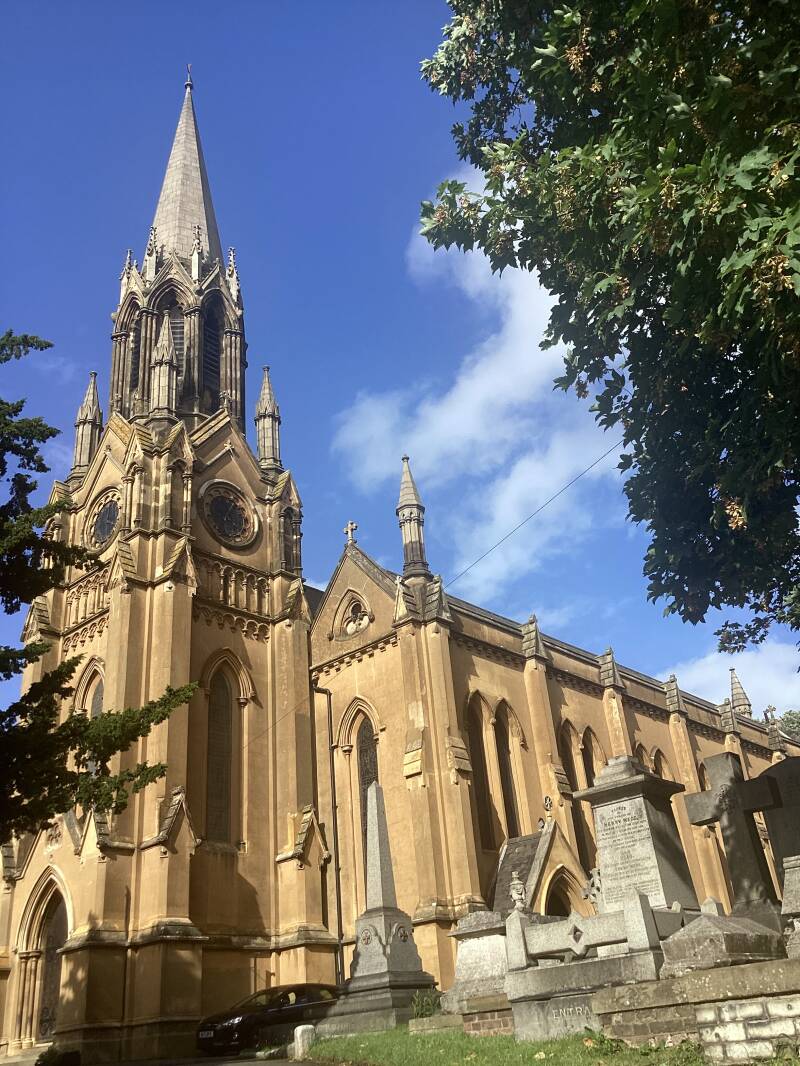
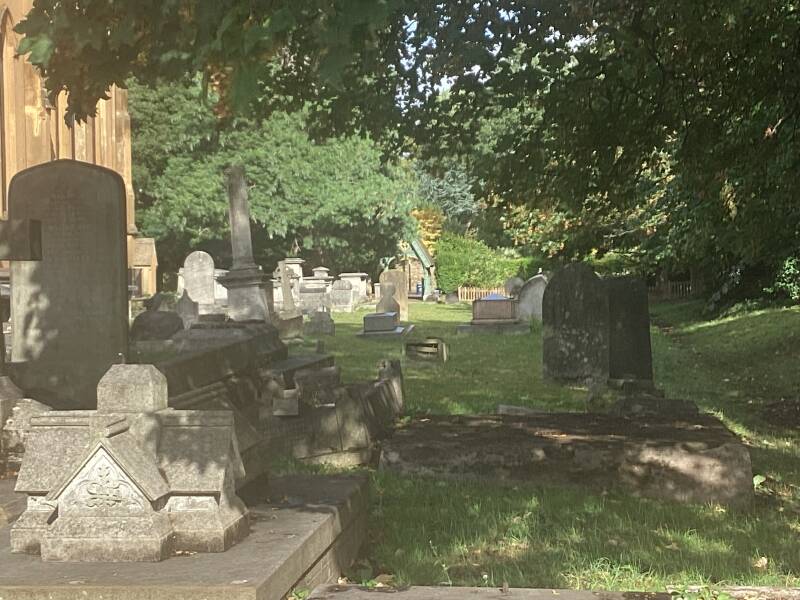




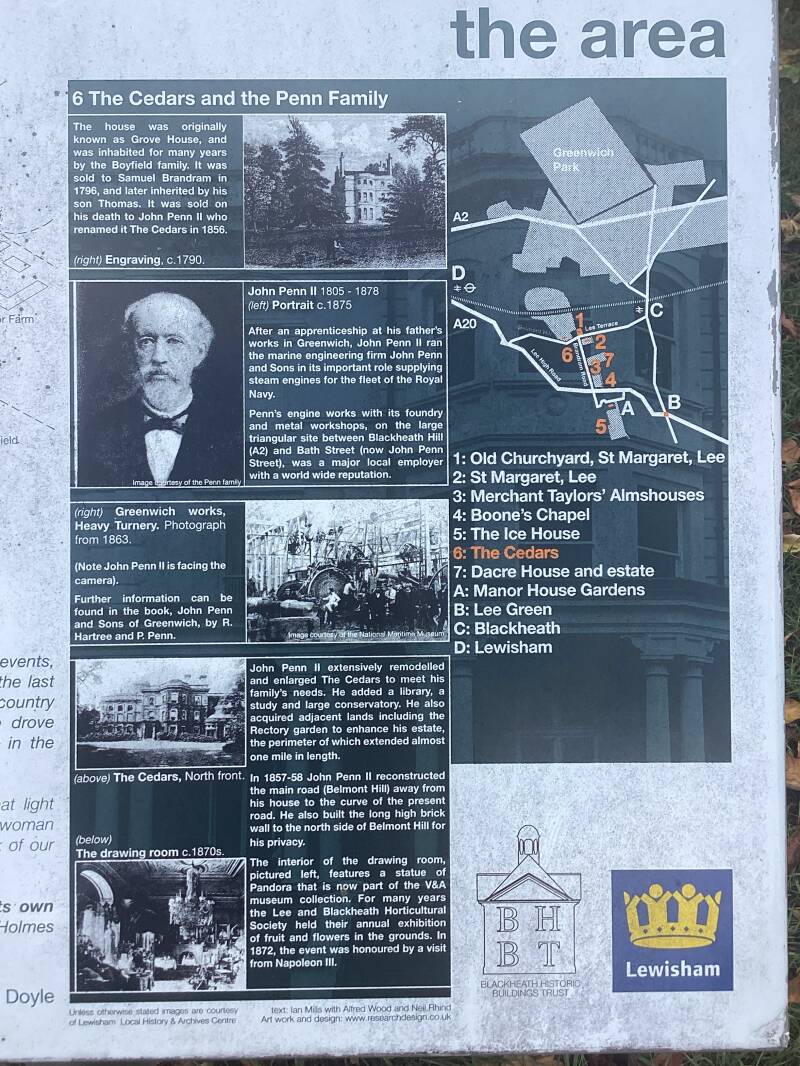
THE CEDARS

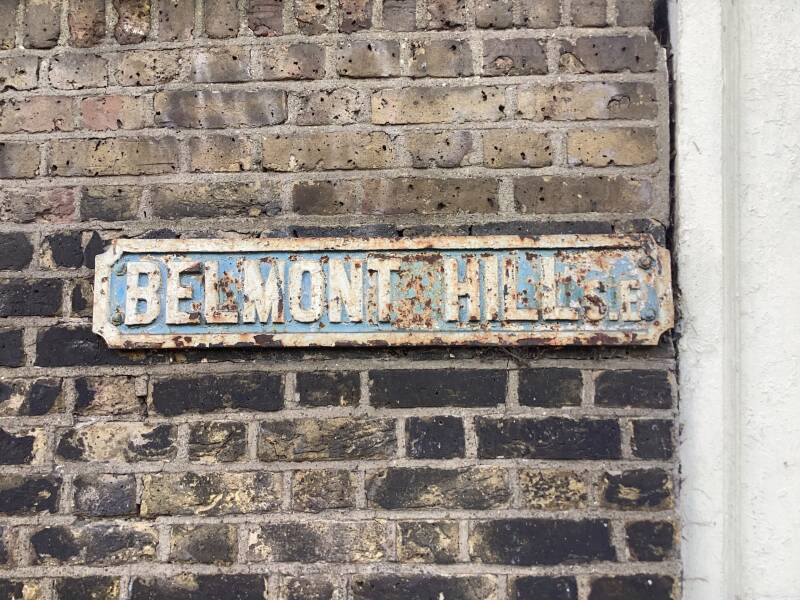


Convent?

BELL TOWER of OLD ST.MARGARET and old churchyard (3 Royal Astronomers buried here!)

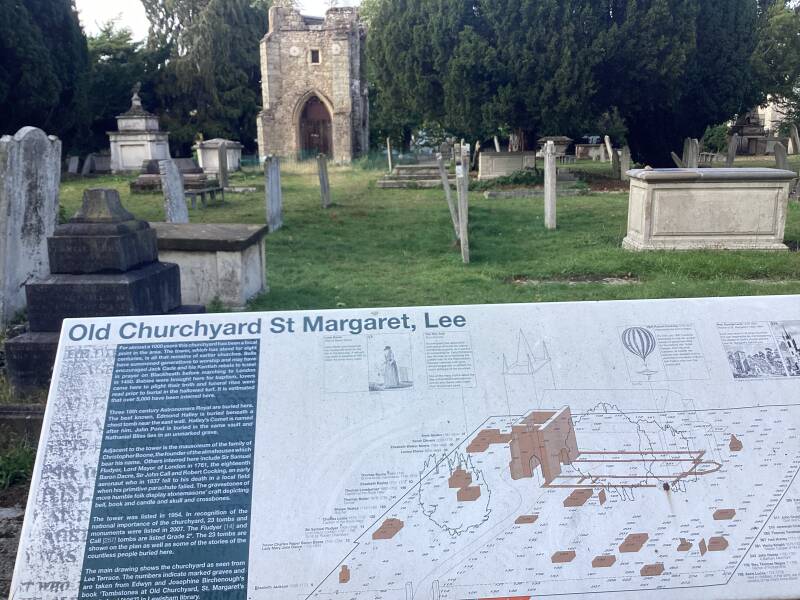
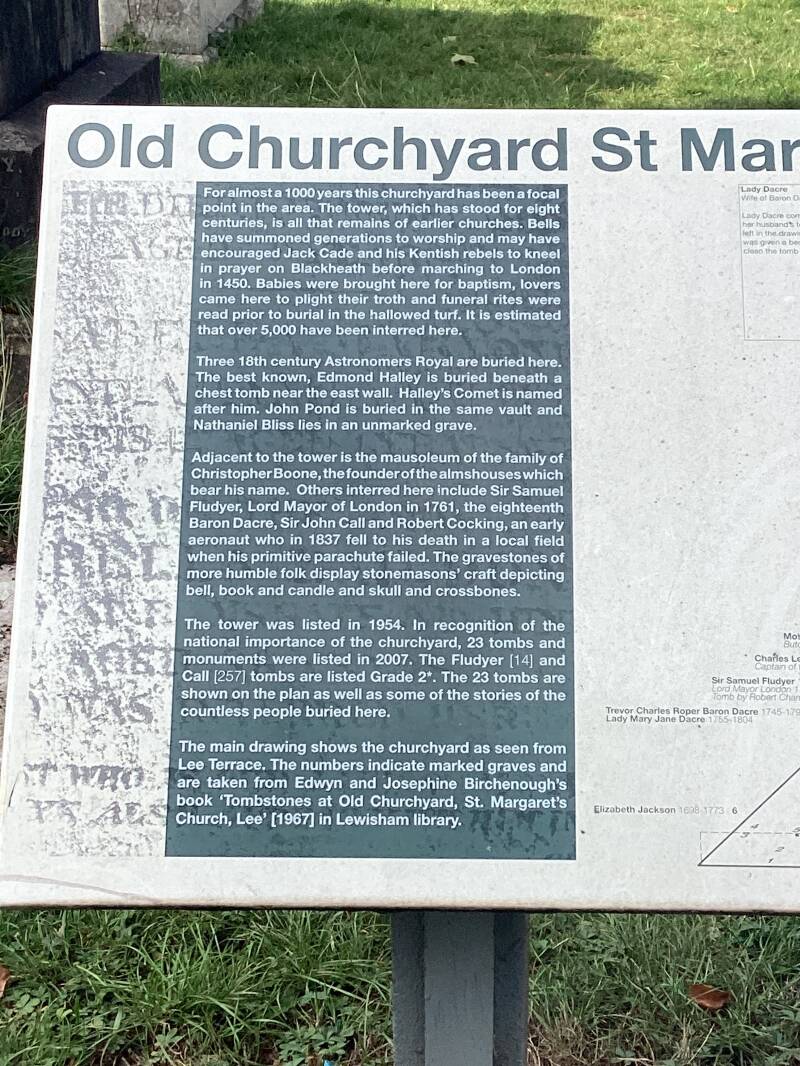
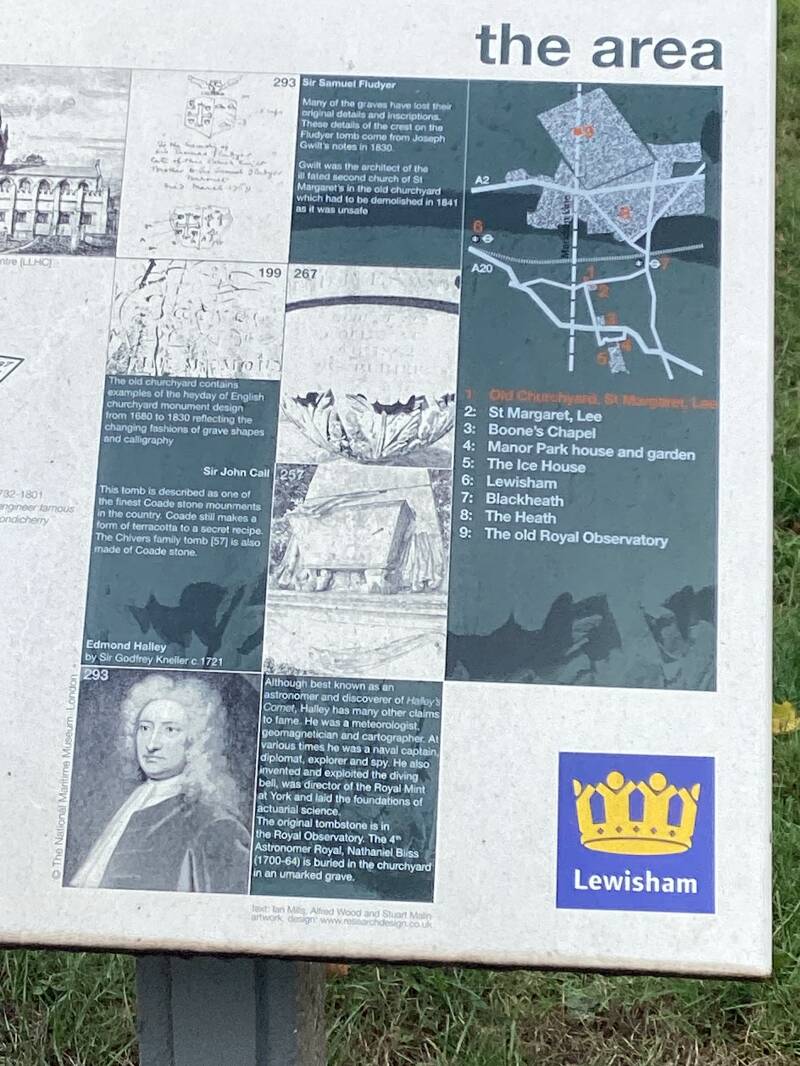
Lee Terrace
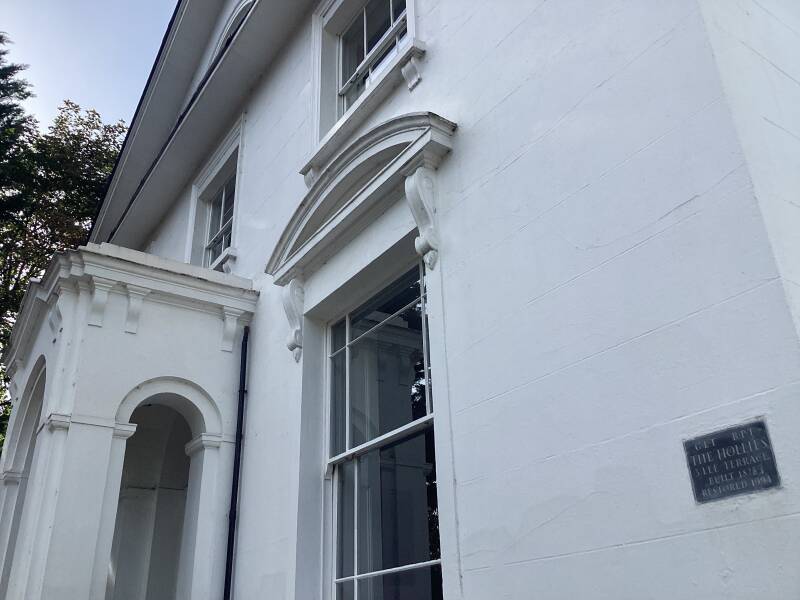

Alternative route 2 towards ST.MARGARET’s
DACRE PARK ESTATE
Dacre Park (road)

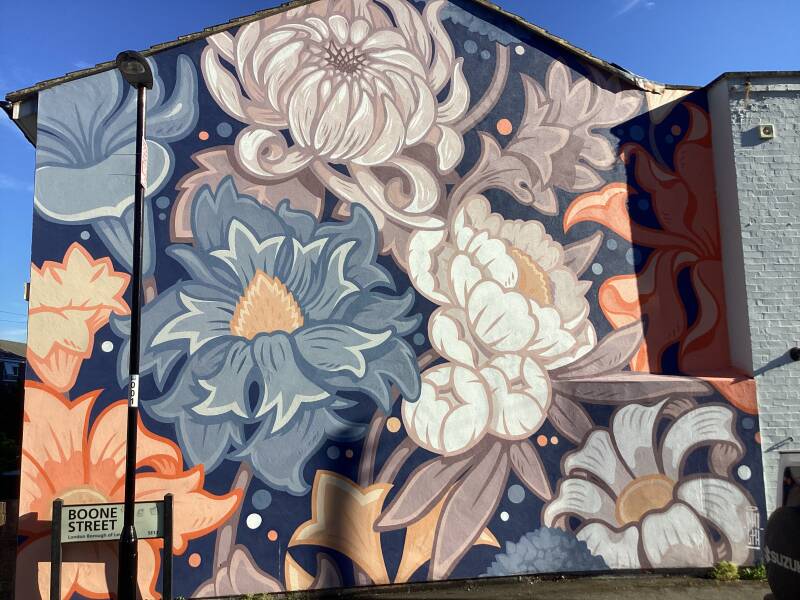
Kingswood Place
Church St.
Spanish artist Edgar Goás Blanco (known as Wedo Goás) was born in 1990 in Galicia, Spain. His new mural in Lewisham for London Mural Festival celebrates the Windrush generation with a powerful and evocative portrait of a Caribbean woman, showcasing the artist’s exceptional talent.
Goás began his street art journey in his small hometown, painting in industrial and abandoned spaces. In 2017, he became a professional muralist and has since participated in over 30 mural festivals worldwide. His realistic style merges impressionism with contemporary realism, often addressing social issues or highlighting the culture and traditions of the communities where he works. Constantly exploring new techniques, Goás’s creative range includes stage design, sculpture, immersive installations, video mapping, animation, music videos, clothing design, album covers, 3D modelling, and virtual reality sculpting. He is also a co-founder of La Séptima, a Barcelona-based music and design studio established in 2020, recognised as one of Spain's leading urban music studios, collaborating with renowned artists worldwide.
Welcome to BLACKHEATH!
BLACKHEATH PARK Conservation Area

Moorhead Way
The origin of the street name Moorhead Way in Kidbrooke is likely tied to the Moorhead surname, which is of Scottish and English origin, derived from the Gaelic "Muirhead" or Old English "mōr + hēafod" meaning "moor's head" or "head of the moor", meaning "end of the moor". The street name could also be named after a prominent individual or family named Moorhead who had ties to the area.
Casterbridge Road
Brooklands Park
Blackheath Park (road)
Church of ST.MICHAEL and ALL ANGELS
Pond Road
THE PARAGON
PRINCE OF WALES POND




